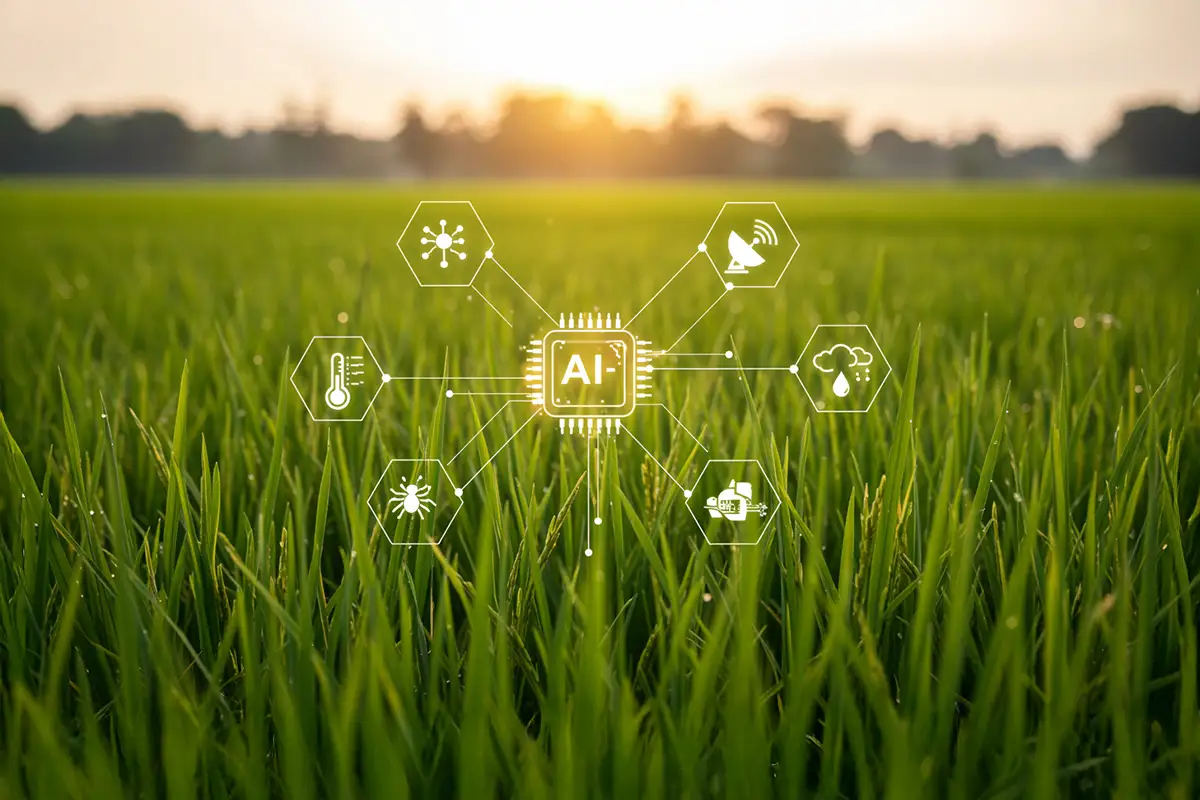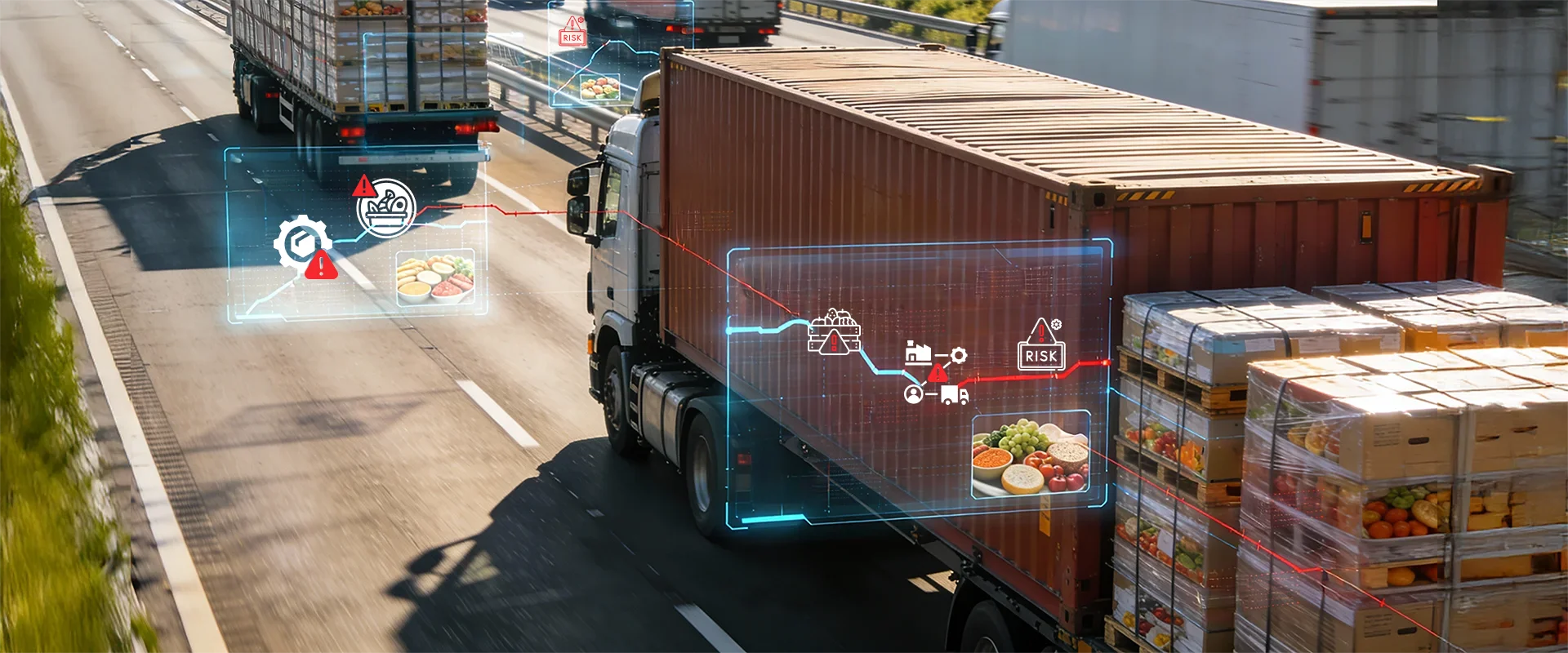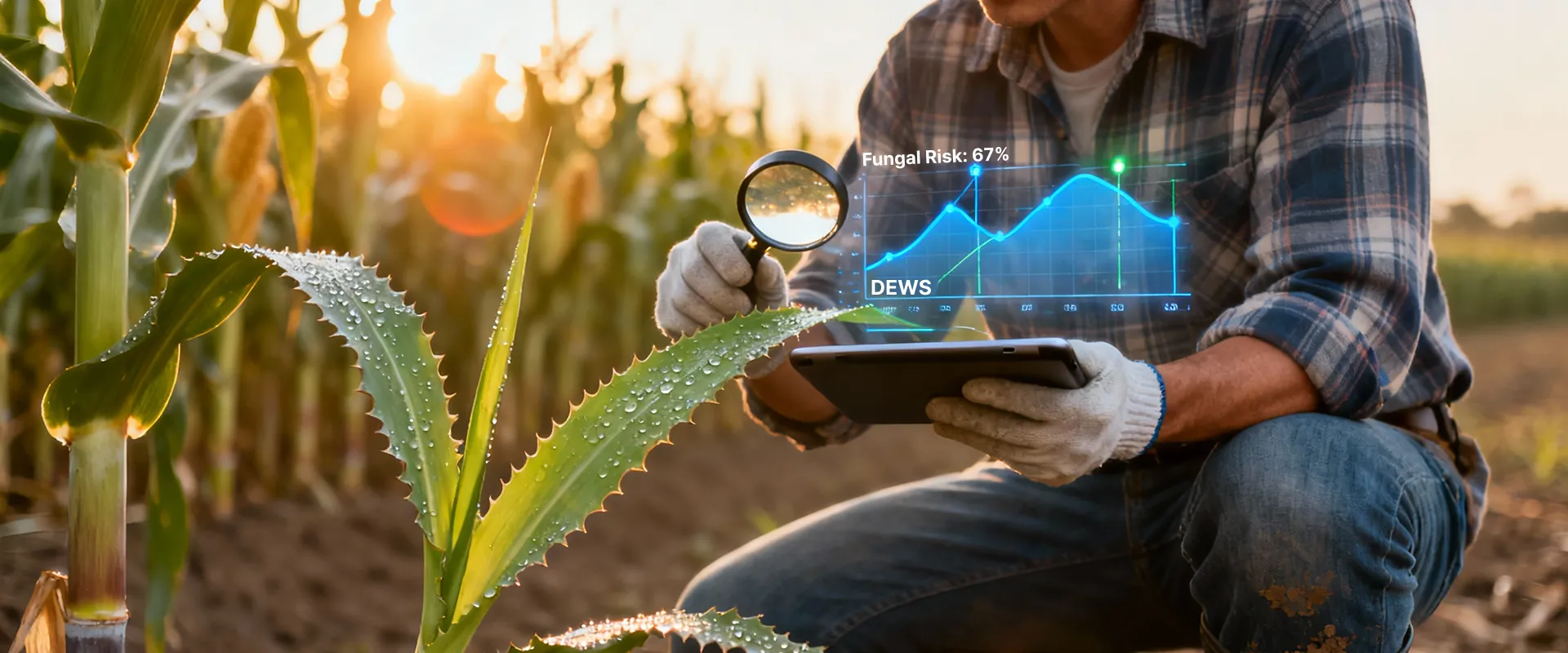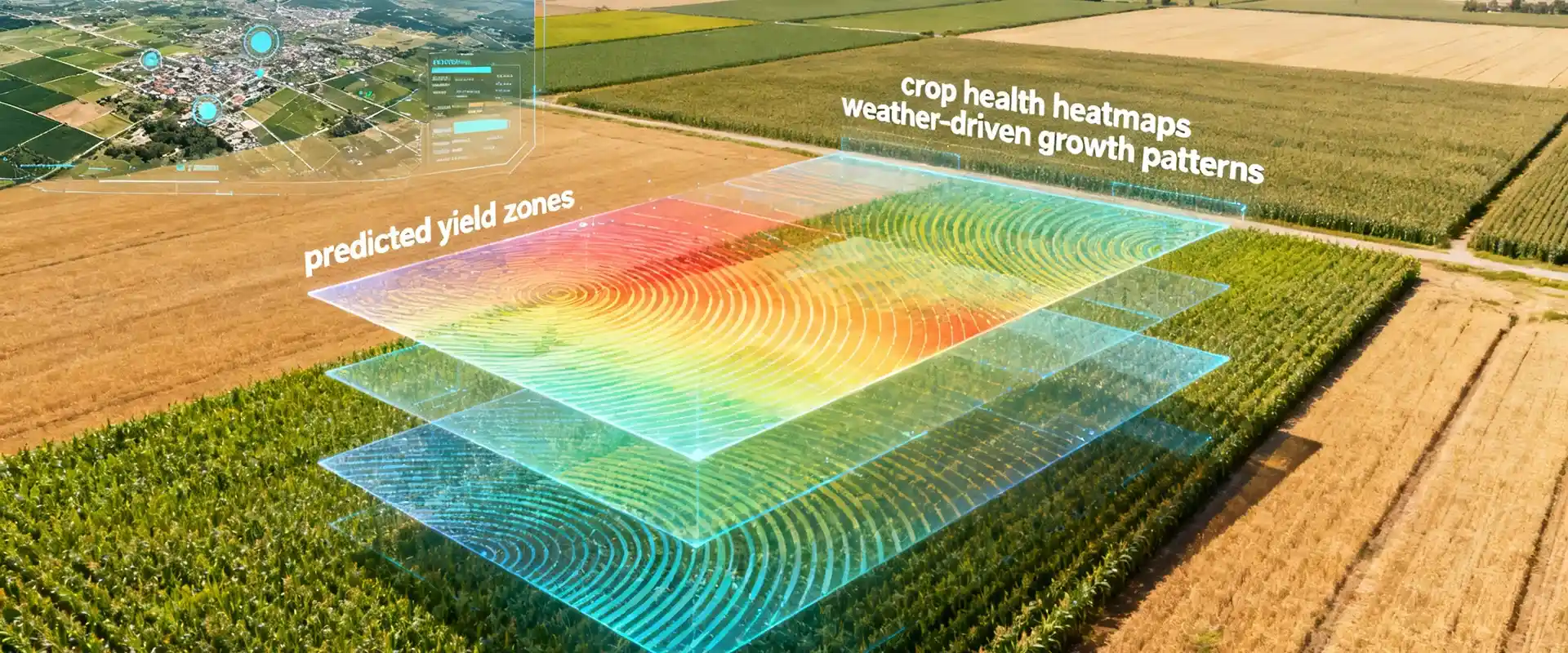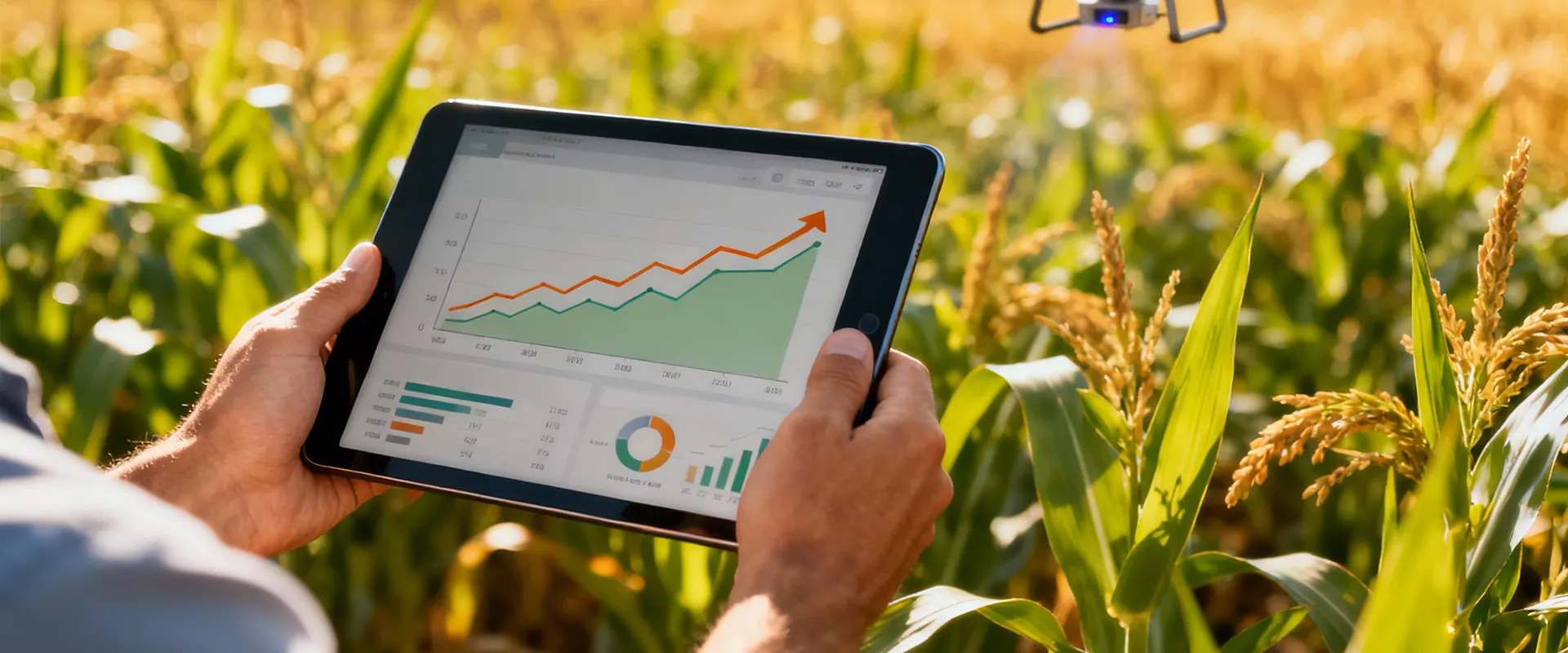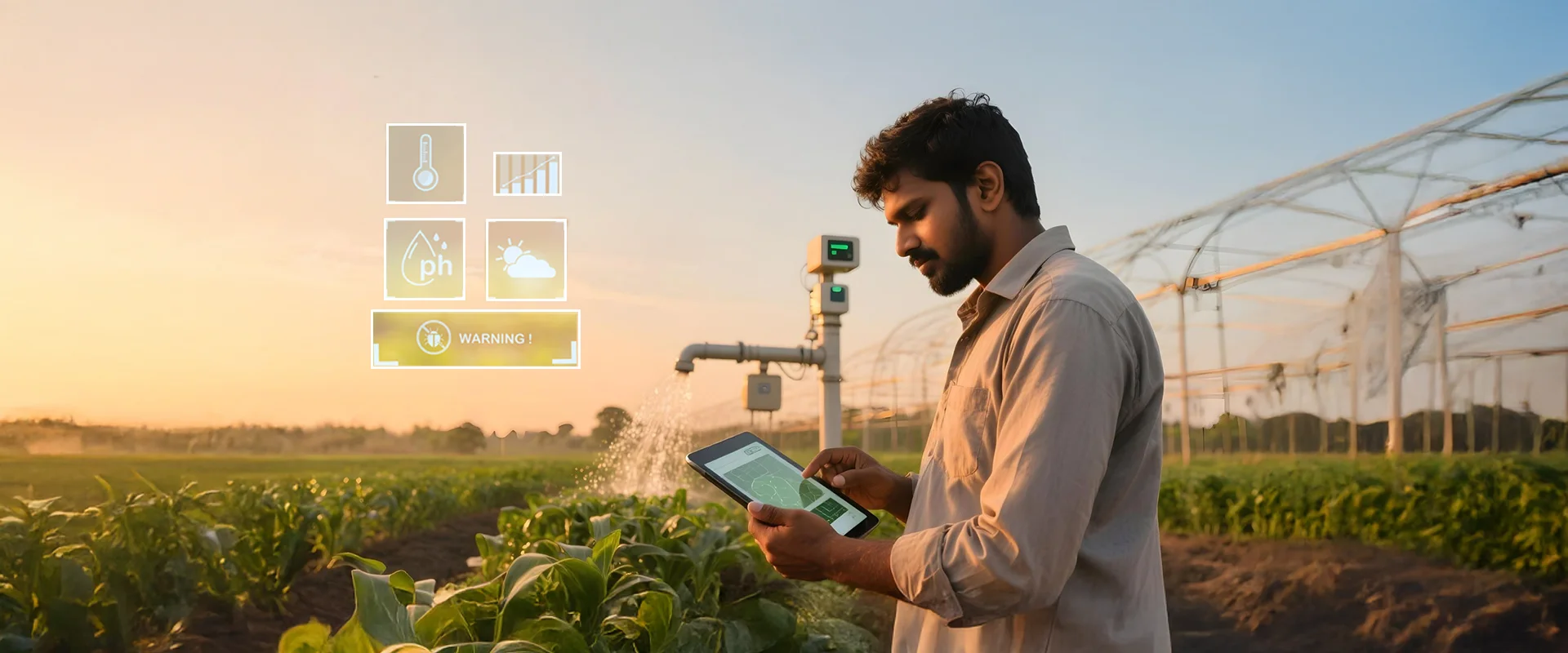S&P Global estimates the global crop protection market to have grown by 4.7% in 2021 to reach $65,206 million. It is led by herbicides (~44%) in the crop sector, after which comes fungicides (~27%), which is closely followed by insecticides (~25%). Biological crop protection products account for approximately $3.3 billion in this market.
Farm digitization has immense potential to make crop protection sustainable and environmentally friendly, benefiting farmers and agri-input businesses. It can help alleviate or lessen the impact of the challenges faced by the crop protection industry today.
Crop protection sector: top challenges, key trends, and opportunities
An internal survey of crop protection companies conducted by Cropin indicates the following
Becoming digital is key to faster and more robust growth
Crop protection companies estimate that they will generate 18% revenue growth while cutting down costs by 21% with farm digitization over the next two years. The top three benefits companies aim for through digitization of the agricultural business value chain are:
- Improving business efficiency (48%)
- Building farmer trust, and credibility, through farmer engagement (47%)
- Generating real-time data insights to aid quick data-driven decision-making (45%)
Supply chain management in agriculture is a key concern
Top challenge cited by crop protection companies as per the study are:
- Supply chain management in agriculture - 52%
- Demand forecasting - 41%
- Rising costs - 40%
Power lies in data
- 54% of the data that companies collect is digitized in 2022
- 87% of the data collection process across the industry is expected to be automated by 2024
Advanced analytic software and algorithms can harness this data to arrive at insights and make data-driven decisions that improve agricultural processes, enhance productivity, and increase yields.
AI, IoT and automation technologies hold a strong potential to support growth
On an average, just 14% of crop protection companies show widespread adoption of Artificial Intelligence (AI), the Internet of Things (IoT) and automation to improve their business process. As per the study, rate of implementation of various technologies is as follows:
- Data analytics has been widely implemented - 38%
- Automation - 24%
- Remote sensors/IoT - 12%
- Artificial intelligence - 6%
Business silos impact the digital transformation of the industry
Crop protection companies find it challenging to adopt digital technologies due to:
- Data silos (41%) within companies, which inhibit the democratization of information across departments
- Shortage of digital talent (38%), as companies struggle to attract the best and brightest minds
- Lack of a globally standardized workflow that can be customized to cater to local needs (35%)
Cropin Cloud supports digitization in the crop protection industry
Digital transformation accelerated by Cropin Cloud
Cropin Cloud aims to accelerate digital transformation across the agricultural ecosystem and business value chains. Cropin Cloud applications for digitization can enable comprehensive remote monitoring of development processes at farms and across the supply chain and effectively address the biggest threat – lack of visibility. AI- and ML-based remote sensors and crop satellite imagery can assess acreage, water requirement, phenology parameters, environmental conditions, and yield-specific coefficients to provide accurate productivity estimates. It helps teams identify areas to concentrate on for inventory management and sales and to decide on targeted marketing strategies for upcoming seasons. Accurate demand estimates provided by Cropin Cloud using data-driven insights ease pressure on the crop protection industry.
Supply chain enhancement with Cropin Cloud
The crop protection industry has followed a reactive response to pest threats, where management comes after infestation. Cropin helps change this – to a proactive approach with predictive insights into pests and diseases. It speeds innovation for R&D trials with direct feedback from field teams that help act on data faster and develop products according to changing market dynamics. Cropin’s demand forecasting tools help make real-time data-driven predictions for today and tomorrow. Its data visualization tools help observe patterns that would otherwise be hidden for improved predictability and field engagement.
Cropin Cloud’s data-driven approach for informed decision making
Capitalize on digital transformation wave to reimagine the future
In summary, the crop protection industry must fast track its digital transformation to drive efficiency, develop more sustainable products, follow crop protection strategies, maintain chemical control and improve farmer engagement to ride the growth wave. They must double down on their digital investments to gain real-time intelligence and insights for better predictability. By adopting a cloud-based solution like Cropin Cloud, the crop protection industry can overcome challenges, emerge stronger than ever before and reimagine their prospects.

